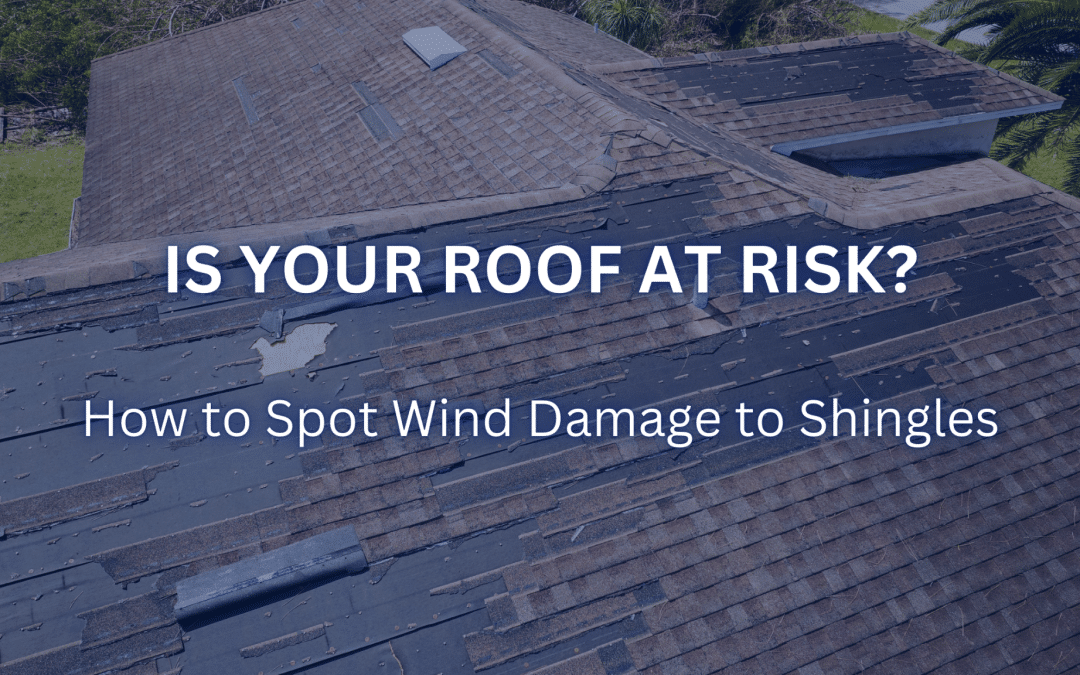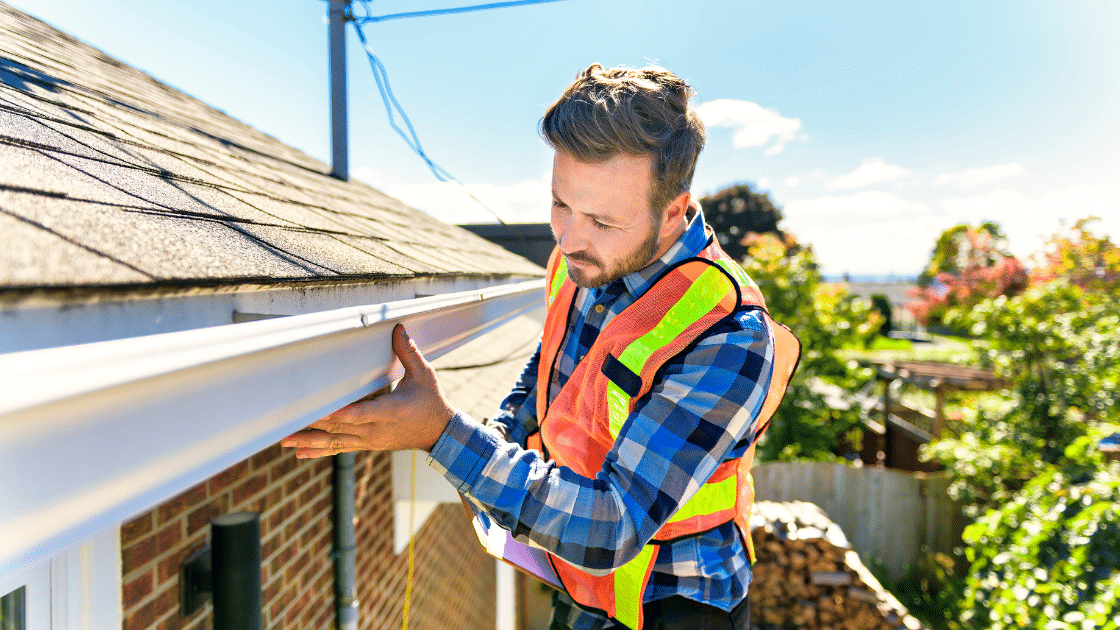Wind Damage to Roof Shingles: How to Spot It Early
Wind damage to roof shingles is one of the leading causes of roof damage for homeowners in New Mexico and beyond. Even minor damage from strong winds can lead to leaks, water damage, and costly repairs. Asphalt shingles are especially susceptible because once they lift or loosen, there’s a good chance that other damage will follow.
According to weather data, wind speeds as low as 45 mph can cause unsealed shingles to blow loose, while hurricanes or high winds can strip away entire shingles.
An older roof is more at risk since UV rays, granule loss, and normal wear weaken the integrity of the roof shingles.
This guide will help you understand the factors that cause wind uplift, the signs of storm damage, and the next steps to take if you notice damage.
By knowing what to look for, you can protect your house and decide when to call a professional roofing contractor for a full inspection.
How Wind Damages Roof Shingles
When the wind blows across your roof, it creates negative pressure. This pressure difference pulls at the edges, ridge, and vents, loosening the adhesive seals and causing unsealed shingles. Over time, loose shingles can break, torn tabs may appear, and entire shingles can detach completely.
Tree branches, tree limbs, and other debris hitting the roof during a storm add to the problem. The combination of storm damage, hail damage, and wind uplift weakens the installed system. Once shingles are exposed, water damage spreads into the walls, attic, and even inside your house.
Older roofs and poorly installed systems are especially vulnerable. Several factors like UV rays, granule loss, and repeated storms, make them more likely to fail. Without proper protection, even a new roof can suffer if trees and debris hit at high speed.
Visible Signs of Wind Damage to Roof Shingles
Spotting the signs of roof storm damage early is critical. After a storm, walk around your yard and look at your roof from the ground.
Missing Shingles
Missing shingles are an obvious sign of significant wind damage. You may see dark exposed patches where entire shingles have blown off. Loose or torn shingles often land in your yard or gutters.
Curled or Lifted Shingles
Curled shingles or tabs lifted by wind uplift show that adhesive seals are weak. These loose spots create easy entry points for water damage and leaks.
Cracks and Granule Loss
Look for cracks, dents, or granule loss on the surface. Exposed granules are a sign that the roof’s integrity has been compromised.
Interior Signs
Inside the house, check attic spaces and walls. Water stains, musty odors, or daylight peeking through are warning signs of leaks. Left untreated, these issues lead to significant damage requiring more than minor repairs.
How to Inspect Your Roof Safely
Never attempt risky DIY roof repair after a storm. Loose shingles and wet surfaces are dangerous. Instead:
- From the ground, assess your roof for obvious signs like missing shingles, blown debris, or damaged gutters.
- Use binoculars or drones to spot wind damage without climbing up.
- Check the attic for water stains or other damage.
- For accuracy, hire a trusted roofing contractor or professional roofing company. They can assess the full extent and recommend next steps.
When Repairs or Replacement Are Needed
The severity of roof wind damage depends on several factors like wind speeds, roof age, and installation quality.
- Minor damage: A roofing contractor can reseal loose shingles or replace a few shingles.
- Significant damage: Multiple damaged shingles or a section with significant wind damage may require partial replacement.
- Severe storm damage: When strong winds, hail, or hurricanes cause widespread damage, a new roof is often the best option for long-term protection.
Avoid DIY roof repair beyond basic cleanup. Improper work can void warranties and complicate your insurance claim.
Filing an Insurance Claim
If your roof has suffered storm damage, contact your insurance company quickly to file a claim. Proper documentation speeds up the claims process and ensures your insurance coverage.
A professional roofing contractor will document roof damage, take photos of property loss, and provide repair estimates. This helps your insurance company or homeowners’ insurance determine coverage and repair costs.
Protect Your Roof from Future Wind Damage
Prevention is key:
- Schedule regular inspections to assess for minor issues before they turn into significant damage.
- Upgrade to wind-resistant shingles that can withstand high winds and offer better protection.
- Keep trees trimmed and remove overhanging branches to reduce risk from tree limbs.
- Secure outdoor furniture and debris before severe storms to prevent broken windows or other damage.
If you’ve noticed curled shingles, missing shingles, or signs of storm damage, don’t wait. A trusted roofing contractor can assess the situation, recommend necessary repairs, and help you take the right next steps to protect your homeowner’s investment.
Stay ahead of the next storm. Reach out to East Mountain Roofing today at (505) 264-7081 or fill out our contact page to schedule your inspection and make sure your roof is ready to protect your home.



